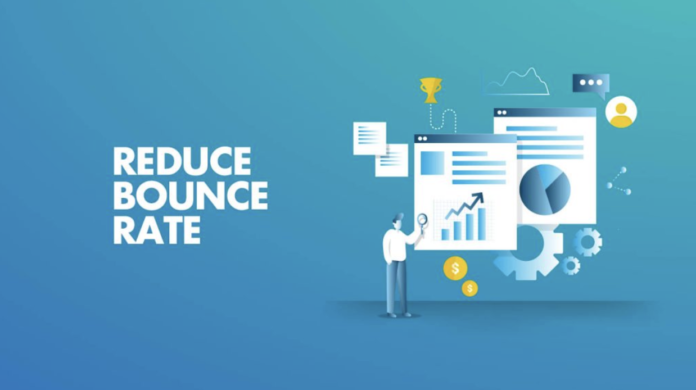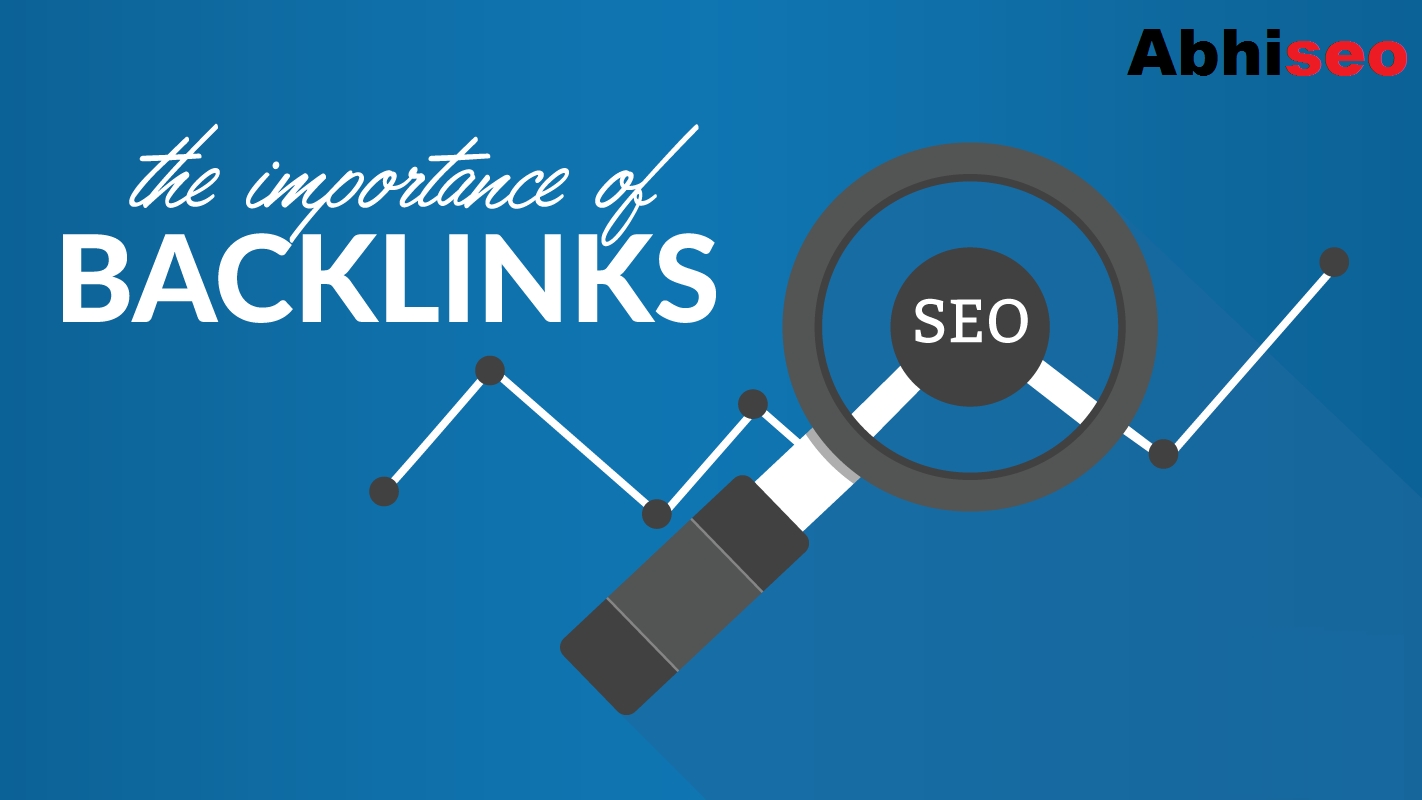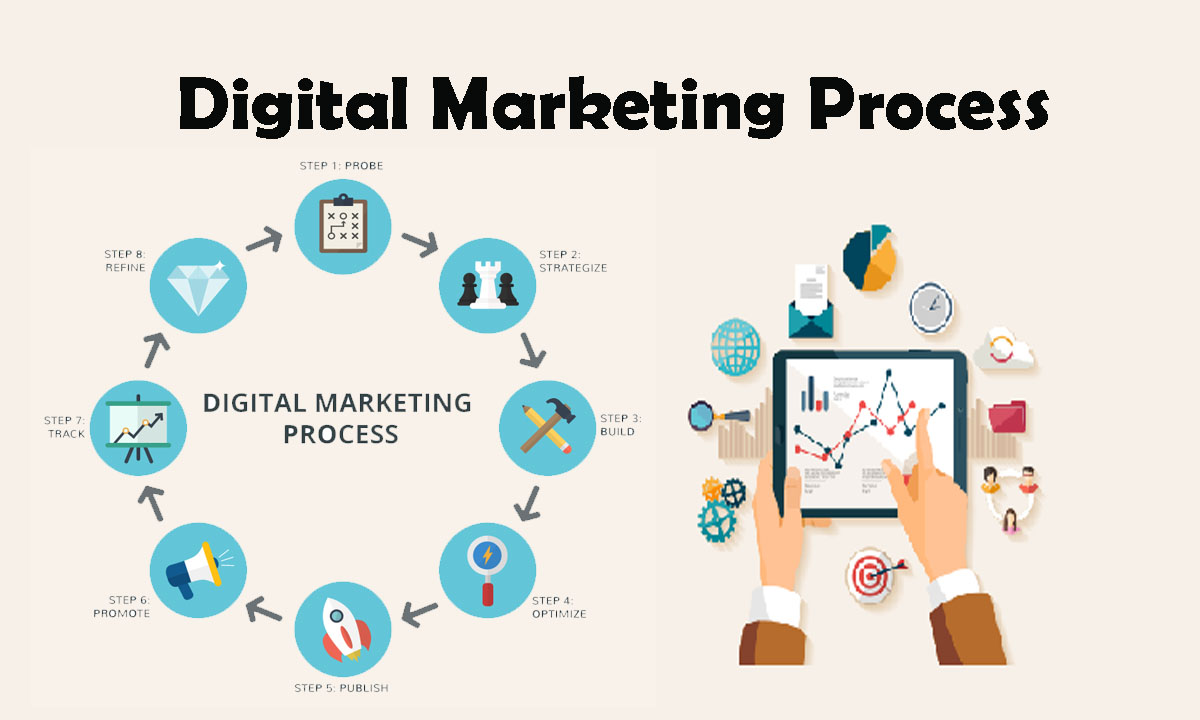Nobody likes to see a high bounce rate. But don’t worry, it’s probably not your fault.
According to data from ClickTale, the average person stays on a web page for less than 20 seconds, so it’s no wonder people are bouncing off of your site at an alarming rate. We’re all busy and hyper-connected with tons of distractions, so how can you ensure that users stick around and convert?

Web design service provider Convrtx has compiled some of the most effective ways to design your site for higher engagement — and ultimately reduce your bounce rate.
- Make Sure Content Is Mobile-Friendly
Most mobile visits are abandoned if a page loads for more than 3 seconds, according to data from Kiip. If your site isn’t mobile-friendly, there’s a good chance you’re losing out on conversions with this frustratingly high bounce rate. Web design service provider ConvrtX notes that Apple recently announced iOS8 would allow ad blockers, so if your site isn’t mobile-friendly, you could risk losing out on necessary advertising revenue. Web design companies note that if your site isn’t optimized for mobile, you’re losing money.
- Use The Inverted Pyramid Style For Writing Web Content
The inverted pyramid style is often used in journalism to provide the most critical information and save details for later. As a result, your most relevant information is front and center for users. Web design service providers note that this style can make your site more effective by drawing users more profound into the content. Web design companies note that inverted pyramid style can also create natural breaks in your content, which will improve readability.
- Keep Your Forms Short
Long forms are a massive frustration for users. A study by Usability Sciences found that more than 80% of users abandon a website if the registration form is longer than half a page long. If you can’t get rid of your long registration form, try breaking it down into multiple short forms. Web design service providers say that users are more likely to fill out a short form if you give them various options to choose from. Web design companies note that if you’re asking for personal information, try to get the bare minimum (name, email address) and then seek secondary data (address, phone number) in subsequent forms.
- Keep Your Content Concise
When you write for the web, edit mercilessly to keep your content as concise as possible. Web design service providers recommend aiming for a word count of about 100 to 150 words per paragraph. Long copy is intimidating, and users won’t read unless they are incentivized to do so somehow.
- Keep Animations Minimalistic
You’ve probably heard that animation can help improve user experience, but overusing it will leave your users feeling overwhelmed. If you have several dynamic elements on one page, users might become distracted by the movement rather than focusing on their goals. Web design service providers suggest using animation to expand menus but avoid excessive exercise.
- Use Behavioral Targeting To Personalize The User’s Experience
If your website lacks personalization, you’re missing out on an opportunity to engage users and reduce bounce rates. For example, if a user views your website from Australia, picture them surfing the web in 30-degree weather. If it’s 40 degrees outside and you create a landing page with snow everywhere — your Australian visitors will likely leave because they feel like they stumbled onto the wrong website. Web design service providers advise using geographical data to adjust your website to your user’s location.
- Use Images For Decoration, Not Communication
Images are a great way to decorate your site and help users understand what you have to offer. But don’t use them to communicate important information — too many images with text on them will only overwhelm your users. Web design services usually use images for logos and graphics, not text.
- Offer Incentives In Exchange For A Name And Email
If you want people to stay on your site, offer them a compelling reason. People are willing to give up their information when they believe it will benefit them somehow. However, don’t force it — if the incentive isn’t exciting enough, users will be turned off by your page and bounce without ever seeing what you have to offer.
Conclusion:
You can see that you should do something to keep your website users. You can’t control some things, like how fast people’s internet connections are and what browsers they may be using. However, you can do many things to improve the user experience on your site and reduce bounce rates. If you follow the design pointers listed above, you’ll avoid frustrating users and keep them coming back for more.


















